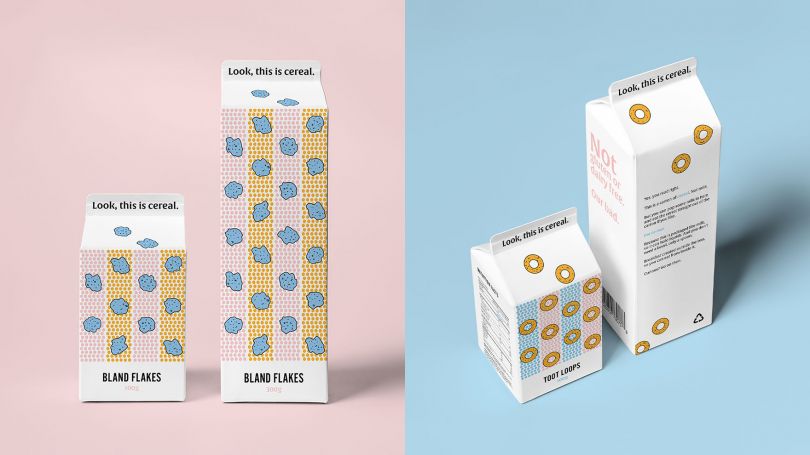Article Text:
The packaging industry is undergoing a major transformation as technology advances. Knowing how to efficiently turnaround packaging is a vital skill for any company that manufactures goods. In the old days, companies would simply fill an order and ship it out in its entirety when it was received. This often caused delays because of limited staff and resources. Nowadays, many companies have streamlined their processes so they can manage a larger number of orders at one time without having to sacrifice quality or speed.
Shipping is a critical part of any eCommerce business. However, shipping rates are often high and unpredictable, which can cause problems for both the customer and seller. In the competitive packaging industry, one of the most important factors in a company’s success is its ability to provide quick turnaround on orders.
Fulfillment Flexibility is the key to success for many businesses. Shipping departments are essential in order to handle all of the packages that come into your business, but if they aren’t efficient enough, you’re going to be spending more money on shipping than necessary.
Efficient Shipping Departments are the Key to Success for many businesses. Flexible Fulfillment Options are what’s needed in order to handle all of the packages that come into your business, but if they aren’t efficient enough, you’re going to be spending more money on shipping than necessary.

Understanding the differences between options is vital for manufacturers and wholesalers trying to grow their businesses by finding new ways to get products on store shelves faster, cheaper, and more efficiently than ever before. By choosing to control all aspects of product development, including the production of unique containers for their products, manufacturers and wholesalers can be assured that nothing will slip through the cracks when it comes time to produce, package, ship, and sell their goods – assuming they have hired talented employees at every level of this value chain.
On the other hand, contract packaging services are responsible for every aspect of product development. These companies take on specific projects and create custom solutions – often including branding, design, manufacturing, warehousing, and shipping/fulfillment activities – designed to meet the needs of individual clients. They can provide a one-stop-shop option for clients eager to disengage themselves from certain aspects of production while receiving complete control over others.
Some small facilities that ship out modest orders each week can manage everything in-house, with staff filling and packing bottles by hand. Others may pack some items manually but send them to an outside warehouse for pick-and-pack operations when production volume increases. These warehouses are staffed either by employees of the shipping company or, sometimes, by temporary workers hired through specialized staffing agencies across the country. These temporary workers help expedite shipping during busy holiday periods like Christmas and Halloween, but they also handle much of the routine work in fulfillment centers around the US.

In order to determine which supplier is best, it’s beneficial to understand the different types of suppliers available and what each can offer. In some cases, there are cost considerations involved with choosing a particular supplier over another. Other times, the type of shipping service required dictates which company will be most suitable for a given situation. Knowing about common suppliers can help businesses better gauge which provides the services that will best suit their needs.





